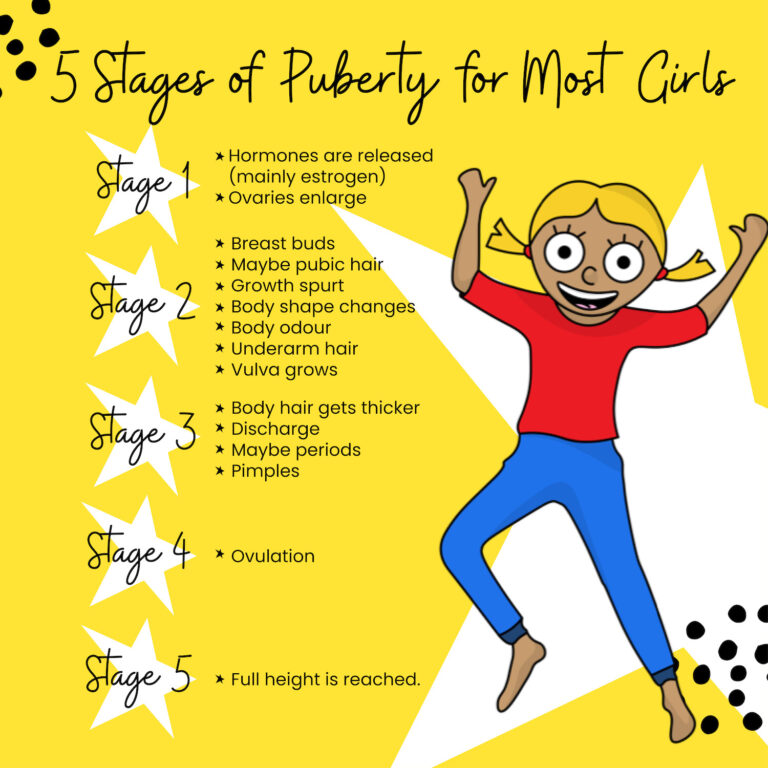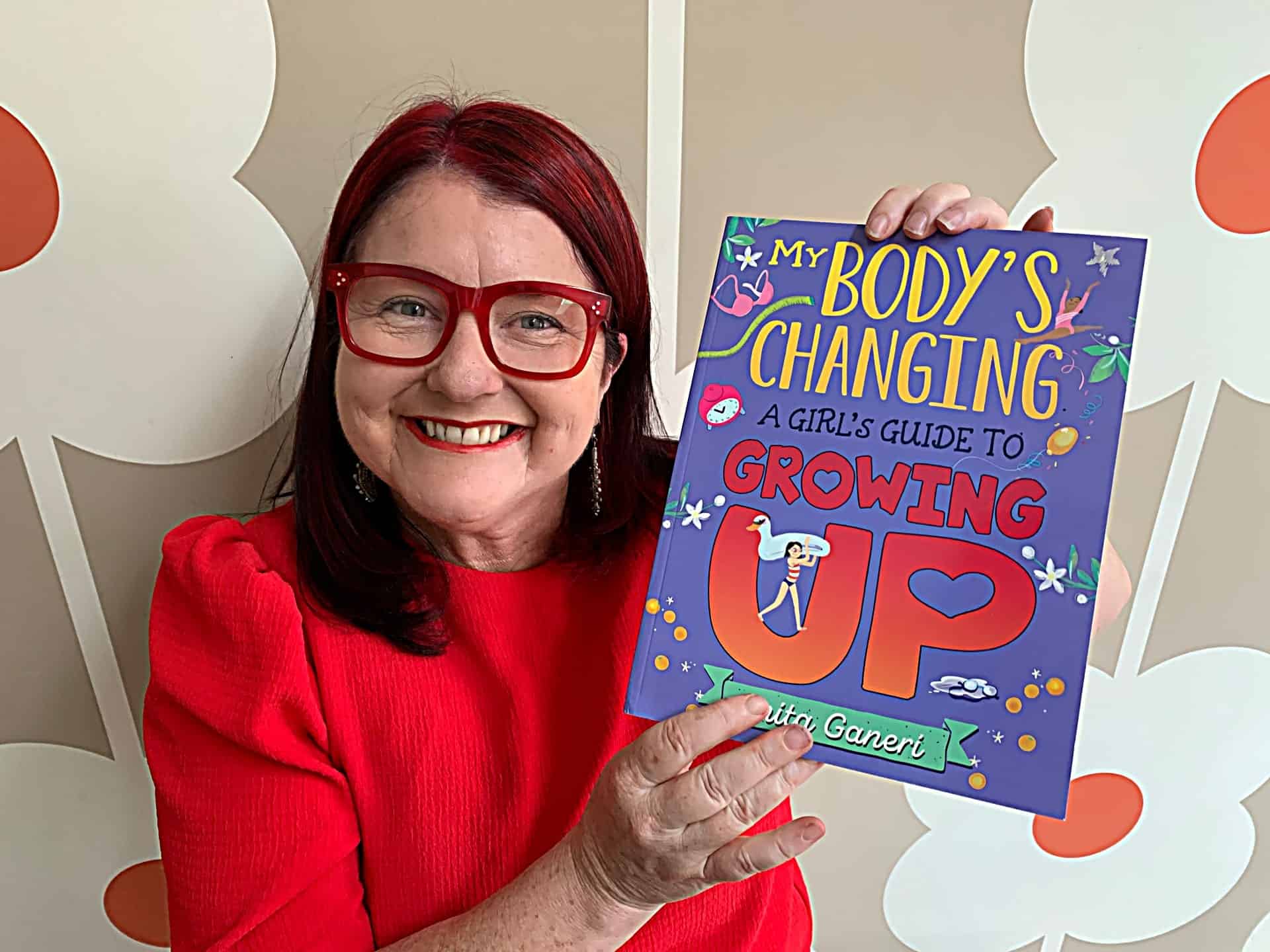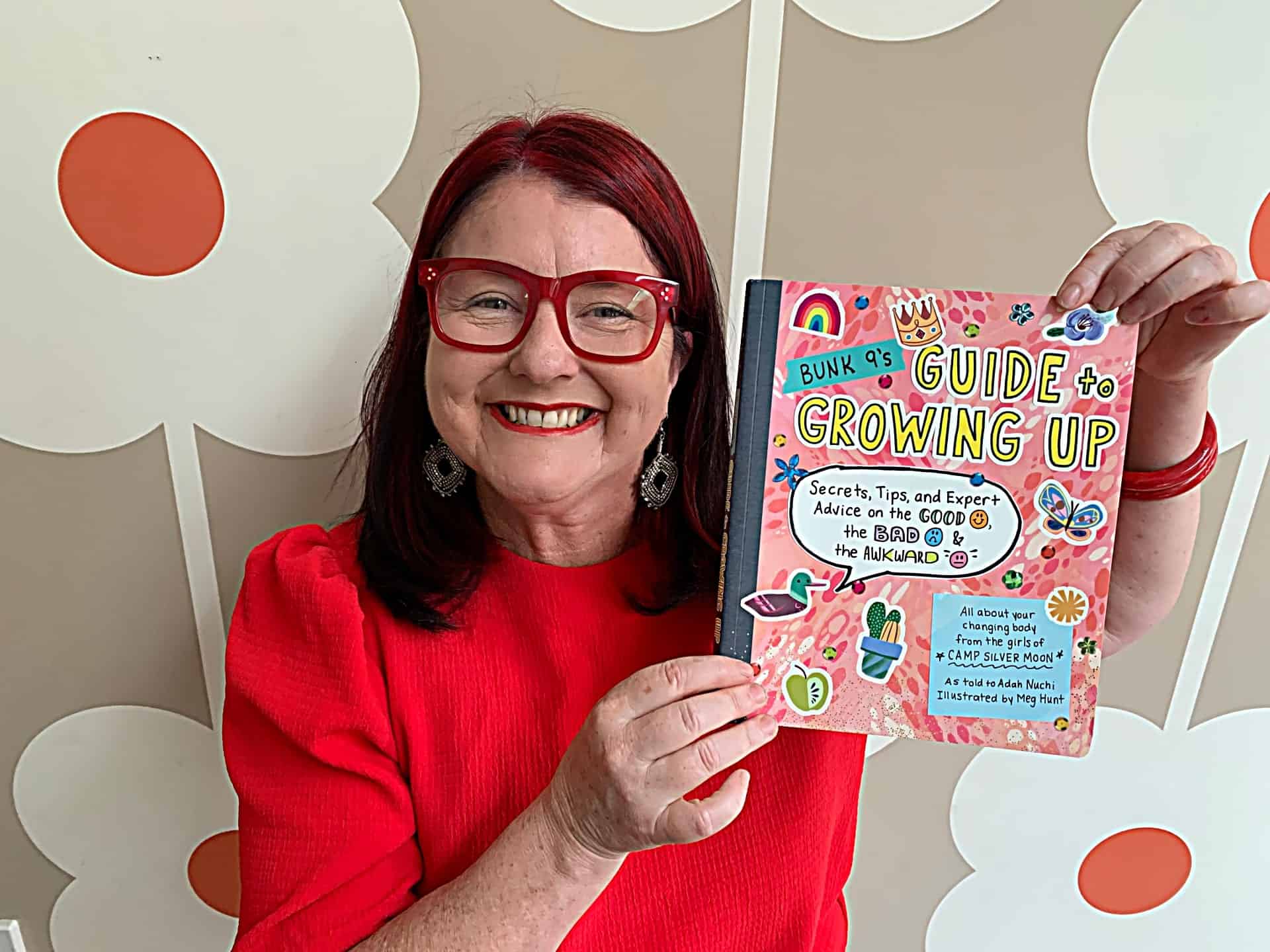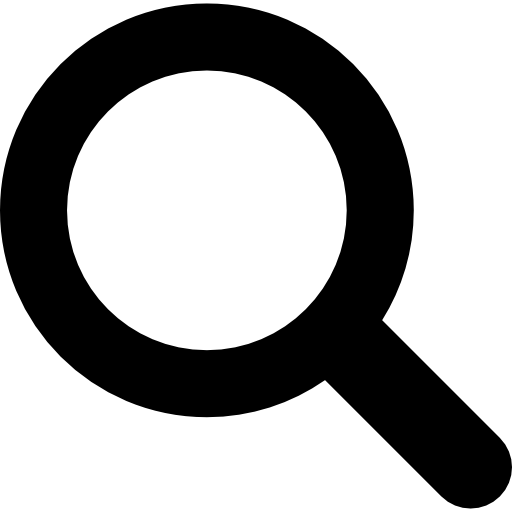A Puberty Timeline
What are the signs of puberty in most girls? The Tanner Scale developed by James Tanner in 1969 was based on a 20-year study and is still commonly used today. It breaks down puberty into 5 stages. The changes within each stage are gradual and they don’t always happen in the same order (they didn’t happen that way to me). It’s also important to remember that the stages of puberty in most girls also involves social and emotional changes just as much as the physical changes, and it does not mention them!
5 Stages of Puberty for Girls

Stage One
Hormones are released (mainly estrogen)
Ovaries enlarge
Stage Two (all of the above and...)
Breast buds
Maybe pubic hair
Growth spurt
Body shape changes
Body odour
Underarm hair
Vulva grows
Stage Three (all of the above and...)
Body hair gets thicker
Discharge
Maybe periods
Pimples
Stage Four (all of the above and...)
Ovulation
Stage Five (all of the above and stop)
Full height is reached.
So, when do the stages of puberty generally happen? Knowing the sequence to puberty can help you understand your child’s development and recognise what you need to talk about with them. It also helps everyone to understand and accept the changes. You can help your child to be prepared, get through it and normalise conversations about what’s going on.
Stage One - ages 8-11
The pituitary gland in the brain starts releasing hormones, particularly estrogen, about 1 or 2 years before you will physically see the signs that puberty has begun. The ovaries have started to enlarge.
Stage Two - ages 8-14
Breast buds usually develop first. That means a small hard lump behind one or both nipples. They are tender and the part around the nipple (areola) will enlarge (swell up). It can take three to five years for breasts to finish developing. Pubic hair may start to grow over the vulva and underarm too. Growth spurt begins, body shape changes as the body becomes curvier. It’s important to remember that their body does not grow all at the same time, they may put on weight and stretch marks might appear. They start or continue to sweat more and produce a body odour. The vulva, grows and may get darker and uneven. Vulvas come in all shapes and sizes.
Stage Three - ages 9-15
Breast, height and weight continue and pubic hair gets coarser and darker and spreads out, also body hair gets thicker. Vaginal discharge may start and for some girls, their period begins. Periods are usually irregular to begin with. They may start to get pimples and acne. They produce more oil and this can lead to greasier hair.
Stage Four - ages 10-16
Breasts and pubic hair become more adult-like, nipples and areola become darker and pubic hair more triangular in shape and spread out. Menarche (first menstruation) and ovulation usually starts now and are often irregular. Even though they may keep growing it slows down quite a bit.
Stage Five - ages 12-19
Full height is reached. Pubic hair and genitals look adult like. Full height is reached and most girls are usually ovulating and menstruating regularly. Pubic hair is triangular in shape. Breasts and hips are fully developed.
As I always say at ‘Amazing Me’, everyone is different, so sometimes the stages don’t all align with what is happening. The most important thing is that your child feels normal. Even though puberty generally has a predictable order, genetics, environment and culture can also play a part.

My Body’s Changing
This book is recommended for kids aged 7-12 years.

Bunk 9’s Guide to Growing Up
This book is recommended for kids aged 8-12 years.



